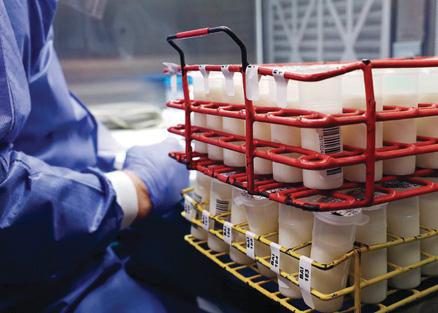“The concern is that this virus could acquire the capacity to attach to human cells and spread widely. That would be opening the door to a new pandemic for sure,” says Dr. William Schaffner, professor of infectious diseases at Vanderbilt University Medical Center and spokesperson for the Infectious Disease Society of America.
For that to happen, the virus would have to develop mutations that allow it to more easily infect human cells—a process that could be accelerated if someone were infected with both seasonal flu and H5N1, for instance, allowing the two viruses to exchange genetic information and recombine into a strain that spreads readily among people.
Luckily, that hasn't happened yet, and we're not starting from zero when it comes to a bird flu vaccine. Here are the latest efforts to develop a new version.
IS THERE ALREADY AN H5N1 VACCINE? Several vaccines target H5N1, and the national stockpile has doses of all of them. These shots focus on different strains of H5N1 that were circulating when the vaccines were developed years ago, but health officials expect they would still provide some protection against severe disease. A small number of healthy volunteers have been vaccinated with these shots, and the antibodies they generated appeared to neutralize the currently circulating virus in lab tests. But these vaccines have not yet been tested in large clinical trials, since there have not been enough H5N1 infections in humans to compare vaccinated people with those who are unvaccinated.
WHAT ABOUT AN MRNA VACCINE FOR H5N1? There isn't one yet, but several companies—including Moderna, Pfizer, and GlaxoSmithKline (in collaboration with CureVac)—are working on such a shot, based on the same technology behind the COVID-19 vaccines. In July, the U.S. government's Biomedical Advanced Research and Development Authority (BARDA...


